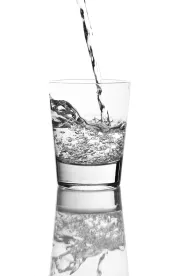On June 4, the Environmental Protection Agency (EPA) released a draft of its landmark study to assess the impact of hydraulic fracturing on drinking water. U.S. EPA Assessment of the Potential Impacts of Hydraulic Fracturing for Oil and Gas on Drinking Water Resources (External Review Draft), EPA, Washington, DC, EPA/600/R-15/047, 2015.
Hydraulic fracturing is a stimulation technique used to increase oil and gas production from underground rock formations. EPA, which evaluated more than 3,500 data sources and published more than 20 of its own peer-reviewed reports, “did not find evidence that these mechanisms have led to widespread, systemic impacts on drinking water resources in the United States.” Id. at ES-6.
EPA did identify potential vulnerabilities to drinking water from hydraulic fracturing operations, including the amount of water needed for hydraulic fracturing in dry places, hydraulic fracturing in underground formations containing drinking water, wells that are inadequately cased or cemented, and the manner in which fluids and wastewater from operations are handled. However, EPA found that relative to the prevalence of hydraulic fracturing (25,000 to 30,000 new wells were drilled and hydraulically fractured from 2011 to 2014 alone), “the number of identified cases” where drinking water was impacted “was small compared to the number of hydraulically fractured wells.” Id. The study will be finalized after an 85 day public comment period and a review by the Science Advisory Board.


 />i
/>i

